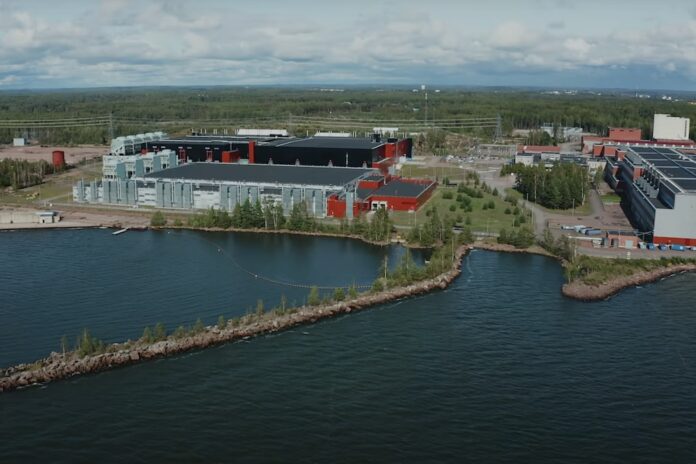The hyperscaler wants to tap into more renewable energy and Finland seems happy to oblige
Google has announced it is ramping up its data centre in Hamina on the shores of the Gulf of Finland and has partnered the local energy company Haminan Energia to feed excess heat into the network of pipes that’s used to warm up homes in the local area. The company completed the transformation of the Hamina paper mill into a data centre in June 2018 and connected it to Google Cloud Platform (GCP) as europe-north1, its 16th cloud region and fifth in Europe at the time.
The latest move will see it increase staff by one quarter to around 500 people through this year and next and as AI-focused data centres are more widely deployed, Google is essentially looking to use the advantages cold weather countries like those in Scandinavia provide.
Starting next year, the Hamina data centre is going to be both a hub for digital information and a source of sustainable heat for the district. The deal with the local energy provider is Google’s first offsite heat recovery project to reduce Google’s environmental footprint, as well as help warm homes and businesses in the historic port city. Heat coming out of Google’s Finnish data centre will be re-routed and provided free of charge by us to the district heating network in nearby Hamina, covering local households, schools and public service buildings.
“We will be recovering heat at the Google Hamina data centre, which operates today with carbon-free energy at 97%,” said Google global head of infrastructure & sustainability Ben Townsend. “This means the recovered heat will also be 97% carbon free. It will represent 80% of the annual heat demand of the local district heating network according to Haminan Energia.”
Google is not the first data centre operator in the Nordic region to offer its heat to local energy companies. Microsoft and Finnish utility Fortum in 2022 partnered to do the same. Stockholm is also using heat from data centres for the same purpose. In March, Telenor, Hafslund and HitecVision formed a new joint venture, called Skygard, to build a secure and energy efficient data centre in Oslo, which would also pass heat to the neighbouring district.
To date, the heat from Google’s Hamina data centre has been captured and recovered to heat the offices and buildings on site. Starting next year, the warm temperature coming from the data centre will be recovered to optimise the district heating network energy efficiency and carbon emissions footprint.
“Google is aiming to achieve net zero emissions across all of its operations and value chain by 2030, supported by an ambitious clean energy goal to run all its offices and data centres on 24/7 carbon-free energy,” said Townsend.
Mixed blessings
As Reuters points out, while data centre operators have been attracted to the Nordics due to climate, abundant renewable power and the small matter of tax breaks, there has been some rumblings in Norway and Sweden where some observers argue that those countries should instead be using their renewable power for green steel that could make a greater impact.
However, according to Reuters, Finland’s wind power capacity has increased so rapidly in recent years, by 75% to 5,677 megawatts in 2022 alone, that on windy days prices have plummeted to negative, industry statistics showed. Therefore, there is still renewable capacity available for data centres such as Google’s, which acquires wind power in Finland under long term contracts.
In addition to its Finnish investment, the search and cloud giant announced last month it would build new data centres in the Netherlands and Belgium.



